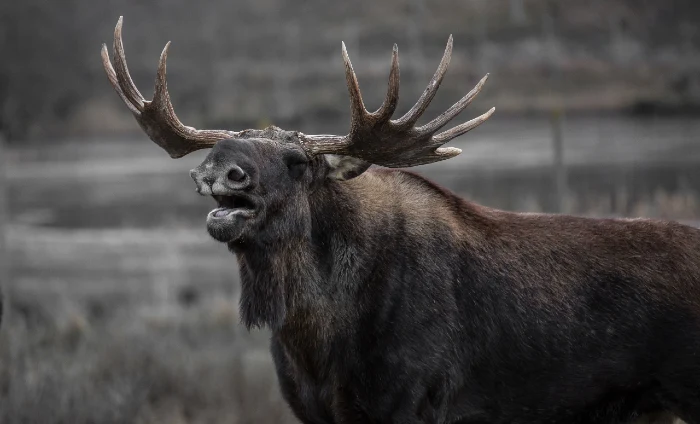Today, a new study turned some old ideas about protecting nature on their head. It’s in a big-deal science magazine called Science, and it’s all about how we’ve been dealing with animals that come from other places.
For a long time, people thought getting rid of animals that weren’t originally from an area was good for saving plants that were in danger. They spent a lot of money and killed a lot of animals doing this. But now, these scientists are saying this might not be the right way to go about it.
A bunch of smart folks from Aarhus University in Denmark and the University of Oxford in the UK did this study. They looked really closely at how big animals, both from the area and brought in from other places, affect plants. They checked out more than 221 studies from all over the world. What they found was pretty surprising.
It turns out that these big animals, no matter where they’re from, have about the same effect on how many plants there are and how different the plants are.
Dr. Jeppe Kristensen, who helped write the study, said, “We do not find evidence to support the claim that native large herbivores have different impacts on ecosystems, specifically plant communities in this case, than their non-native counterparts.” This means that where an animal is from might not matter as much as what it does in the ecosystem.

They noticed something else interesting too. Big animals have different effects on plants, but it depends on their size and what they eat, not where they’re from. Big animals that aren’t picky eaters can help more kinds of plants grow.
They can’t just eat their favorite plants, so they end up making room for lots of different plants. But smaller animals that are picky can make it harder for different plants to grow.
Dr. Kristensen made a great point: “While one elephant can push over a mid-sized tree, 50 red deer cannot.” This means you must think about each animal and what it can do, not just how many there are.
The study also talks about how sometimes the animals we bring in from other places can actually help. They can do some of the jobs that animals who used to live there did before they disappeared. This could be a new way to think about saving nature, by bringing in animals to help, even if they’re not originally from that place.
Dr. Erick Lundgren, who led the study, said we need to change how we think about animals from other places. “Our findings suggest it is time to start using the same standards to understand the effects of native and introduced organisms alike,” he mentioned. This means looking at what animals do, not just where they come from, could help us take better care of nature.
More To Discover
- 2023 Saw 356,000 Heat Pumps Installed In Germany: 50% Surge in Installations for Second Year Running
- Wisconsin Scientists Innovate a Promising Solution to Extract Ammonia from Livestock Manure
- Australian Solar Farm Closure After 7 Years Sparks U.S. Debate on Renewable Energy’s Waste Challenge
- Heat Pump Sales Stalled by Labor Shortage, Says Industry Experts

This study is shaking things up. It’s saying maybe we need to think differently about how to protect plants and animals. By understanding all animals’ roles, we might find better ways to keep nature healthy and full of life. This is a big deal because our planet is facing a lot of environmental problems, and we need all the help we can get.
Source: Science



















